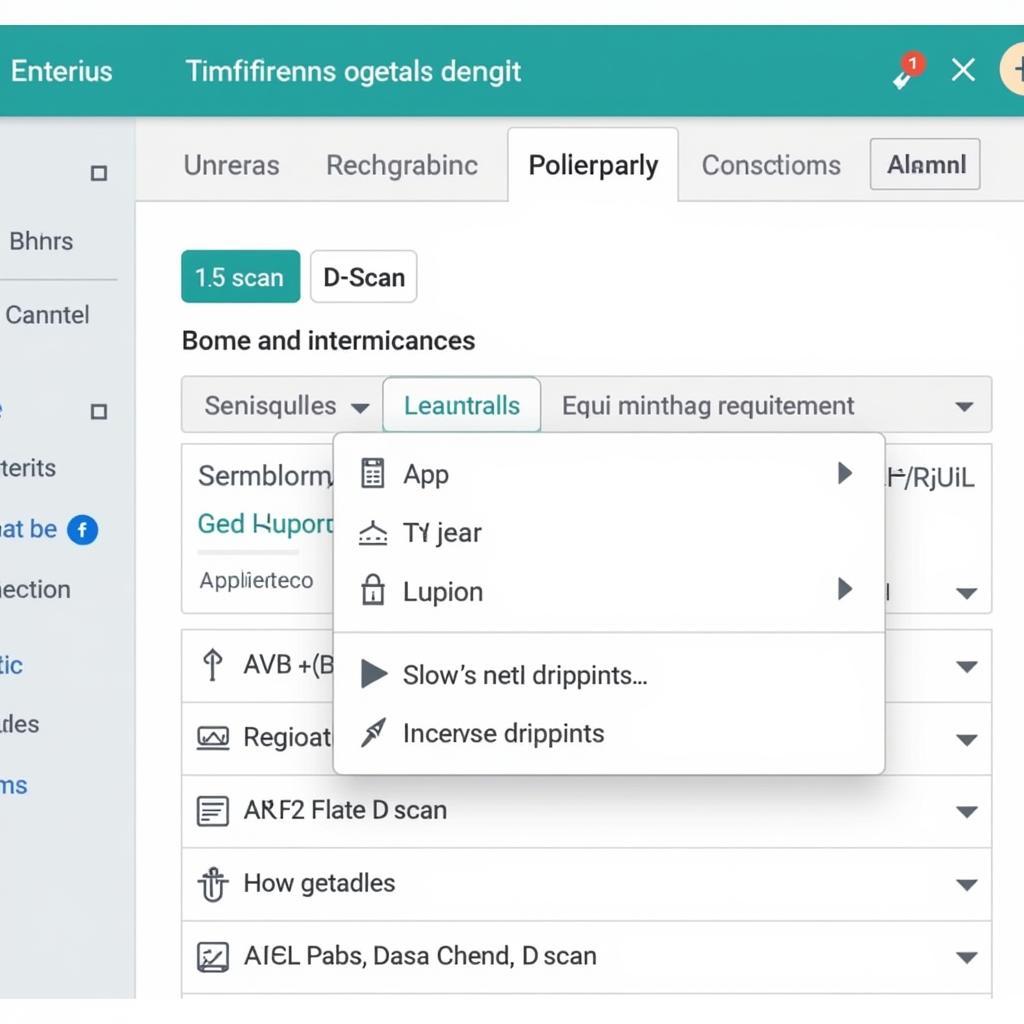Vulnerability scanning tools are essential for any organization that wants to stay ahead of cyberattacks. These tools can help identify and assess security weaknesses in your systems and applications before attackers can exploit them. By regularly scanning your IT infrastructure with a vulnerability scanning tool, you can proactively mitigate potential threats and enhance your overall security posture.
What is Vulnerability Scanning?
Vulnerability scanning is an automated process of identifying known security vulnerabilities in your systems and applications. These vulnerabilities could be anything from outdated software to misconfigured servers. By identifying these weaknesses, you can take steps to fix them before they can be exploited by attackers.
Why is Vulnerability Scanning Important?
Vulnerability scanning is important for a number of reasons.
- First, it can help you identify and fix security vulnerabilities before they can be exploited. This can help you prevent data breaches, system outages, and other costly security incidents.
- Second, vulnerability scanning can help you improve your overall security posture. By regularly scanning your systems and applications, you can get a better understanding of your organization’s security risks and take steps to mitigate them.
- Third, vulnerability scanning can help you meet compliance requirements. Many industry regulations and standards require organizations to regularly scan for and remediate security vulnerabilities.
Types of Vulnerability Scanning Tools
There are many different vulnerability scanning tools available, each with its strengths and weaknesses. Some of the most common types of vulnerability scanning tools include:
- Network Vulnerability Scanners: These tools scan your network for devices and applications that are vulnerable to attack. They can identify vulnerabilities such as open ports, weak passwords, and outdated software.
- Web Application Scanners: These tools specifically scan your web applications for vulnerabilities. They can identify vulnerabilities such as cross-site scripting (XSS), SQL injection, and cross-site request forgery (CSRF).
- Database Scanners: These tools scan your databases for vulnerabilities. They can identify vulnerabilities such as weak passwords, SQL injection, and unauthorized access.
- Cloud Vulnerability Scanners: These tools scan your cloud environments for vulnerabilities. They can identify vulnerabilities such as misconfigured cloud services, insecure APIs, and exposed data.
Key Features of Vulnerability Scanning Tools
When choosing a vulnerability scanning tool, it is important to consider the features that are most important to your organization. Some of the key features to look for include:
- Comprehensive Vulnerability Coverage: The tool should be able to identify a wide range of vulnerabilities, including common vulnerabilities and exposures (CVEs) and zero-day vulnerabilities.
- Accuracy and Low False Positives: The tool should be accurate in its findings and have a low rate of false positives. False positives can waste your time and resources.
- Prioritization and Remediation Guidance: The tool should prioritize vulnerabilities based on their severity and provide guidance on how to remediate them.
- Integration with Other Security Tools: The tool should be able to integrate with other security tools, such as your security information and event management (SIEM) system.
- Ease of Use and Reporting: The tool should be easy to use and generate comprehensive reports.
Top Vulnerability Scanning Tools
Here is a list of some of the top vulnerability scanning tools available:
- Nessus: Nessus is a popular vulnerability scanner known for its comprehensive coverage and accuracy. It offers both free and paid versions.
- QualysGuard: QualysGuard is a cloud-based vulnerability management platform that provides a wide range of features, including vulnerability scanning, compliance monitoring, and threat intelligence.
- OpenVAS: OpenVAS is an open-source vulnerability scanner that is a good option for organizations on a budget.
- Rapid7 InsightVM: Rapid7 InsightVM is a vulnerability management solution that combines vulnerability scanning with threat intelligence and analytics.
- Acunetix: Acunetix is a web application security scanner that is known for its accuracy and comprehensive coverage.
You can find more information about specific vulnerability scanning tools, such as docker vulnerability scanning tools, on dedicated websites and resources.
How to Choose the Right Vulnerability Scanning Tool
Choosing the right vulnerability scanning tool for your organization depends on your specific needs and requirements. Here are a few factors to consider:
- Your Budget: There are both free and paid vulnerability scanning tools available.
- Your Technical Expertise: Some tools are more complex to use than others.
- Your Security Needs: The type and severity of vulnerabilities you need to scan for will vary depending on your organization.
- Your Compliance Requirements: Some industries have specific compliance requirements that dictate the type of vulnerability scanning tool you need to use.
Best Practices for Vulnerability Scanning
To get the most out of your vulnerability scanning tool, it is important to follow best practices. Here are a few tips:
- Scan Regularly: You should scan your systems and applications for vulnerabilities on a regular basis, such as weekly or monthly.
- Use a Variety of Scanning Tools: No single vulnerability scanning tool is perfect. Using a variety of tools can help you get a more comprehensive view of your organization’s security risks.
- Prioritize Vulnerabilities: Not all vulnerabilities are created equal. You should prioritize vulnerabilities based on their severity and likelihood of being exploited.
- Remediate Vulnerabilities Promptly: Once you have identified vulnerabilities, you should remediate them as soon as possible.
- Stay Up to Date: Vulnerability scanning tools are constantly being updated. Make sure you are using the latest version of your tool to ensure you are protected from the latest threats.
Conclusion
Vulnerability scanning is an essential part of any comprehensive security strategy. By using a vulnerability scanning tool and following best practices, you can help protect your organization from cyberattacks. Remember to choose the right tool for your needs, scan regularly, prioritize vulnerabilities, and remediate them promptly.
For expert assistance in selecting and implementing the right vulnerability scanning solution for your organization, contact ScanToolUS at +1 (641) 206-8880 or visit our office located at 1615 S Laramie Ave, Cicero, IL 60804, USA. We provide a wide range of network security solutions, including router port scanning tool and scanning and enumeration tools. Our team of experienced professionals can help you secure your network and protect your valuable data.


